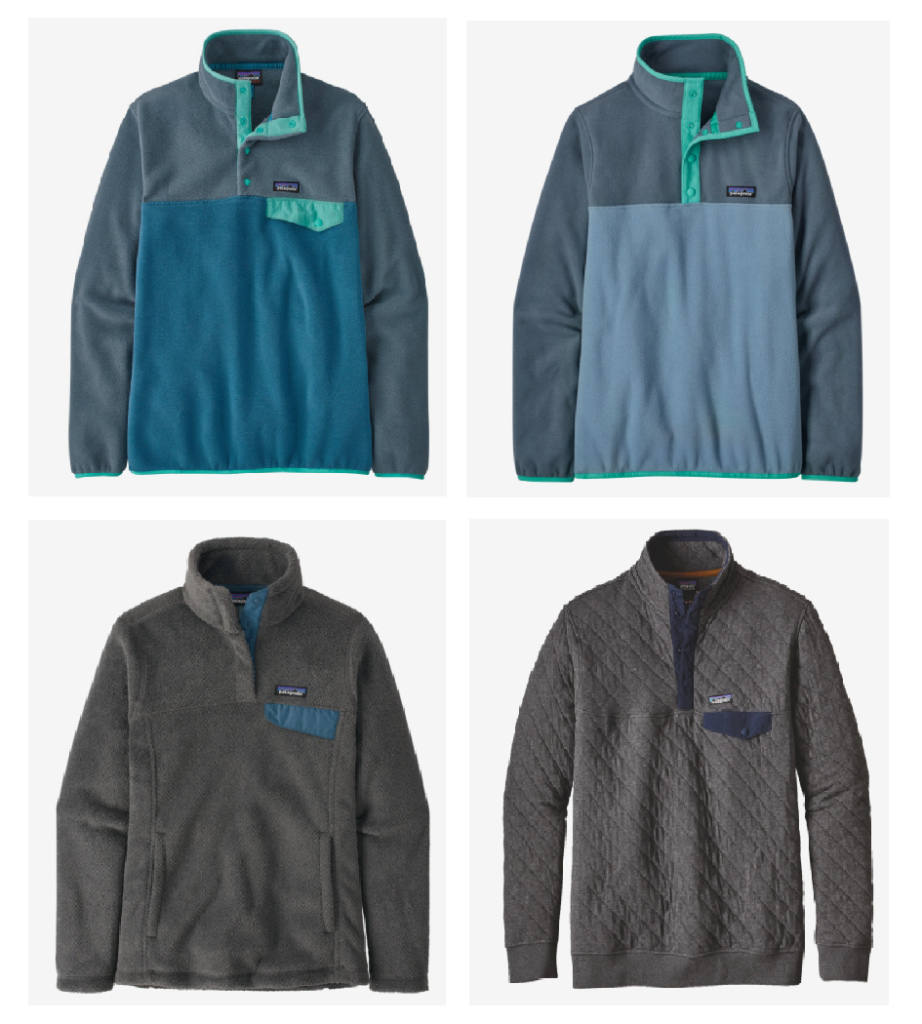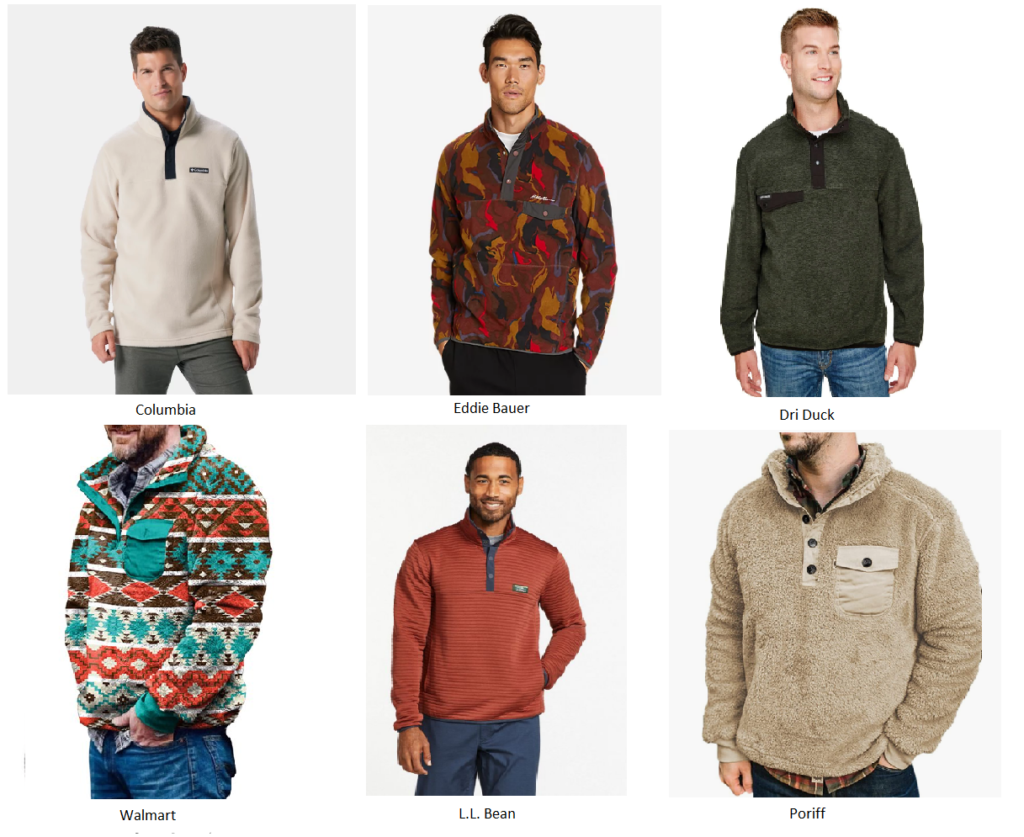In CeramTec GmbH v. CoorsTek BIoceramics LLC, [2023-1502[(January 3, 2025), the Federal Circuit affirmed the TTAB’s cancellation of CeramTec’s trademark registrations on the pink color of ceramic hip components.
CeramTec manufactures artificial hip components used to replace damaged bone and cartilage in hip replacement procedures. The hip components are made from a zirconia toughened alumina (“ZTA”) ceramic originally developed for use in cutting tools. The ZTA ceramic contains, among other things, chromium oxide (chromia). The chemical composition of CeramTec’s products was the subject of CeramTec’s U.S. Patent 5,830,816 until January 2013, when the patent expired. The ’816 patent’s specification and prosecution history discuss how adding chromia enables the claimed composition to obtain unprecedented levels of hardness. Increased hardness levels enable the ZTA hip component to maintain its shape and resist deformation. The range of chromia claimed in the ’816 patent can produce ZTA ceramics in a variety of colors, such as pink, red, purple, yellow, black, gray, and white. CeramTec’s components contain chromia at a 0.33 weight percentage, which makes it pink.
A year before the expiration of its patent, CeramTec applied for two trademarks claiming protection for the color pink used in ceramic hip components, and two registrations issued on the Supplemental Register in April 2013:
:.
CoorsTek manufactures two ZTA ceramic materials for hip implants: (1) CeraSurf-p, which contains chromia, rendering it pink, and (2) CeraSurf-w, which does not contain chromia,
rendering it white. On March 3, 2014, CoorsTek filed a lawsuit in the District of Colorado and a cancellation petition with the Board, both seeking to cancel CeramTec’s trademarks on
the ground that the color pink claimed was functional.
At the Board, CeramTec argued that although it had once believed that adding chromia
provided material benefits to ZTA ceramics [upon the expiration of their patent] they discovered this belief was mistaken and has since been disproven. The Board nonetheless found in favor of CoorsTek and concluded that the color pink was functional as it relates to ceramic hip components. In doing so, the Board rejected CeramTec’s unclean hands defense, in which CeramTec argued that CoorsTek should be precluded from petitioning to cancel its trademarks on functionality grounds because CoorsTek had previously contended that chromia provided no material benefits to ZTA ceramics.
On appeal, CeramTec raised two main arguments: (1) that the Board’s finding that its trademarks are functional was infected by legal error and unsupported by substantial
evidence, and (2) that the Board erred by categorically precluding the defense of unclean hands in cancellation proceedings involving functionality.
The Federal Circuit noted that the Board analyzed the functionality of CeramTec’s trademarks in part under the four factors set out in Morton–Norwich:
(1) the existence of a utility patent disclosing the utilitarian advantages of the design;
(2) advertising materials in which the originator of the design touts the design’s utilitarian
advantages;
(3) the availability to competitors of functionally equivalent designs; and
(4) facts indicating that the design results in a comparatively simple or cheap method of
manufacturing the product.
Under the first Morton-Norwich factor, the Federal Circuit noted that the Board considered the claims, specification, and prosecution history of the ’816 patent to disclose the “functional
benefits of chromia with respect to the toughness, hardness, stability and suppression of brittleness of the ZTA ceramic.” The Board also considered CeramTec’s other patents and applications. Finally, the Board considered CeramTec’s concessions that the addition of
chromia causes ZTA ceramics to become pink and that CeramTec’s products practice at least one claim of the ’816 patent.
CeramTec contended that it was error for the Board to find that the patents disclose that chromia provides utilitarian advantages to ZTA ceramics in addition to increasing hardness, but CeramTec’s admission that it did increase hardness was enough for the Federal Circuit. The Federal Circuit als rejected the assertion that the Board misapplied TrafFix because its patents do not explicitly disclose material benefits for pink ZTA ceramics and do not discuss hip components, only cutting tools, noting nowhere does TrafFix hold that for a patent to be evidence of a claimed feature’s functionality, the patent must explicitly disclose that the claimed feature is functional. Nor does TrafFix state that for a trademark to be subject
to a TrafFix analysis it must be used for the goods described in the patent.
Under the second Morton-Norwich factor the Board considered promotional and technical literature, as well as submissions made to the FDA, in which CeramTec stated that chromia provides various functional benefits to ZTA ceramics. CeramTec did not challege the second factor.
Under the third Morton-Norwich factor the Board recognized, there was no “probative
evidence” that different-colored ceramic hip components were “equivalent in desired ceramic mechanical properties to those of CeramTec’s products. The Federal Circuit agreed, noting that for the third factor to weigh in favor of nonfunctionality, there must be evidence of actual or potential alternative designs “that work equally well” to the trademarked design. CeramTec argued that statements by CoorsTek about its white ceramic components and the’816 patent’s disclosure of ZTA ceramics in a variety of colors in addition to pink showed non-functionality, but the Federal Circuit did not find the evidence undisputeddly provide that CoorsTek’s white ceramic was better than CeramTec’s products. The Federal Circuit found that CeramTec’s arguments amount to a disagreement with the weight the Board assigned to the evidence, which it saw no reason to disturb.
Finally, under the fourth Morton-Norwich factor, the Board found this factor factor—whether the design results in a comparatively simple or cheap method of manufacturing the product—to be neutral. CeramTek argued that the Board overlooked undisputed evidence, but the Federal Circuit found that CeramTec mischaracterized the evidence as undisputed, and in light of the conflicting evidence, the Board reasonably found the factor to not weigh for or
against functionality.
On the issue of unclean hands, CeramTec argued to the Board that CoorsTek should be precluded from asserting that CeramTec’s trademarks are functional because CoorsTek had long expressed the opposite: that chromia provides no material benefits for ZTA ceramics. The Board disagreed, holding that the unclean hands defense is unavailable in Board functionality proceedings in view of the prevailing public interest in removing registrations of functional marks from the register and finding CeramTec’s unclean hands defense inapplicable.
The Federal Circuit agreed that the Board spoke too strongly by suggesting that the unclean hands defense was categorically unavailable in functionality proceedings, noting that the Board’s rules explicitly provide that the registrant in cancellation proceedings before the Board, may include the affirmative defense of unclean hands. However, the Federal Circuit said that it was not clear that the Board intended to announce a broad policy, as its conclusion is preceded by reference to its “discretion,” which is generally exercised case-by-case, and the Board did not designate its decision as precedential. If, however, the Board intended to bar an unclean hands defense from all functionality proceedings, the Federal Circuit said that would be error, but any such error was harmless in the present case because the Board adequately considered whether the unclean hands defense was available in this case, as illustrated by its statement that it was exercising its discretion in view of the “strong public policy interest in cancelling ineligible marks.
.
.
,












